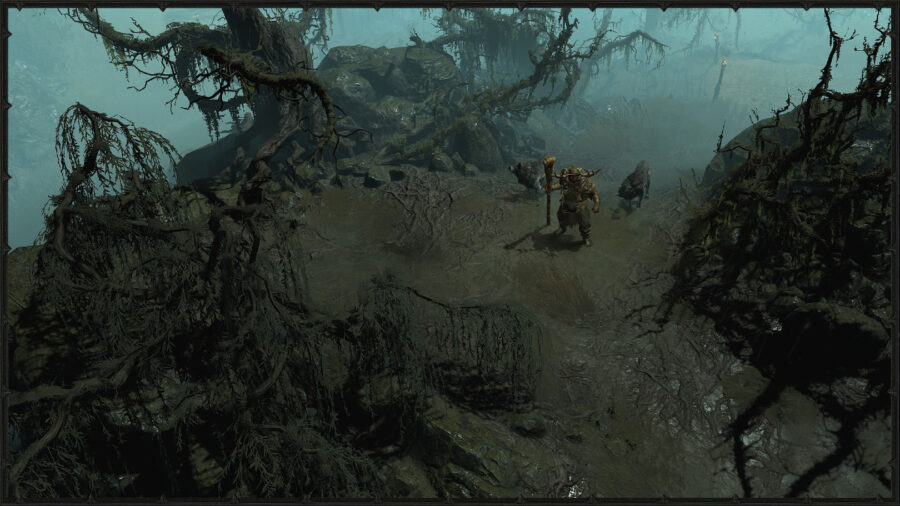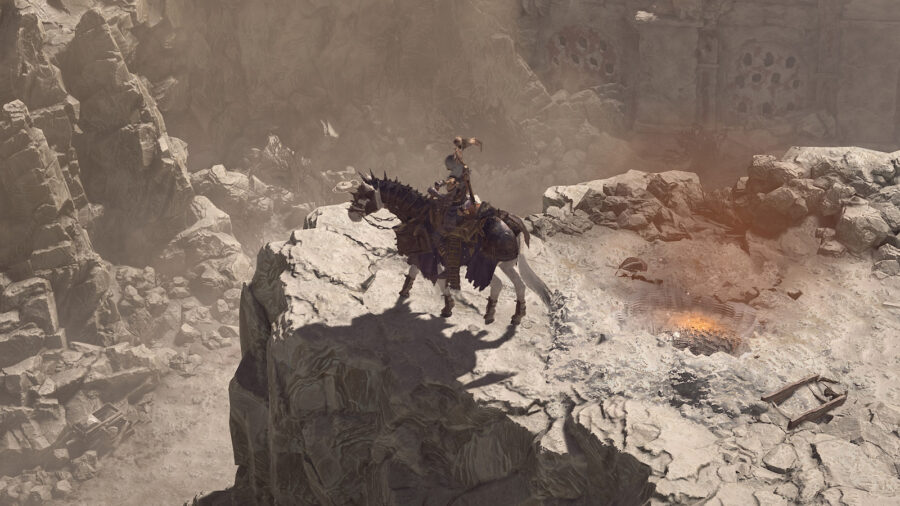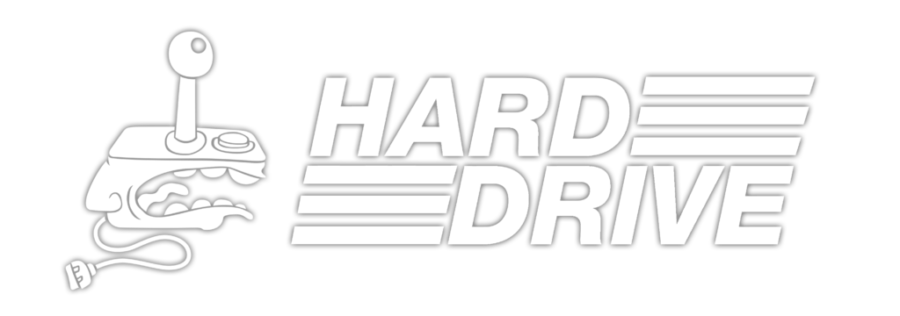In Diablo 4, the early game can seem like an uphill battle with you having to battle strong enemies, likely without upgrades on your gear. The temptation will be strong to simply upgrade your best current equipment, so as to ease things up a bit, especially since the Blacksmith’s services are among the earliest to be made available to you. This guide examines whether it makes sense to upgrade items of all rarities, whether at the Blacksmith, the Jeweler, or the Occultist.
When Should I Upgrade Weapons & Armor in Diablo 4?

As soon as you’ve completed the Prologue and reached Kyovashad, you will have access to the services of a Blacksmith, the first of several. In addition to repairing and breaking down gear, the Blacksmith can also upgrade weapons and armor (but not rings and amulets). While the Blacksmith has no objection to upgrading items of any rarity, it would make very little sense in the short term. Even at a measured pace, you will be leveling up fairly quickly in the early hours, and will be stumbling across scores of drops, each better than the last. Items will be dropping that are appropriate to your current level, and you will be swapping out what seemed cool ten minutes ago, for something even cooler.
The gold outlay, let alone the materials, on Magic rarity upgrades makes it a bad proposition. As a matter of fact, you shouldn’t even be spending gold on repairing lower-tier gear in the early game, opting to salvage or sell gear instead, and maintaining a rotating backup set of gear in your inventory or stash for emergencies.
Rare and Legendary gear upgrades are good value for gold and materials, though you shouldn’t get too attached to most Rare equipment either. There are plenty of opportunities to farm Legendaries, and it won’t be long before you have a complete set of them and some to spare.
Diablo 4 Upgrades: Rings and Amulets
The Jeweler and their upgrades are a different proposition from the Blacksmith altogether. Because they are unavailable in the early game, unlike the Blacksmith, the opportunity to fiddle with ring and amulet upgrades just doesn’t present itself. By level 20, when the Jeweler finally unlocks, you will likely have swapped through several rings and amulets. However, because these two gear categories have a lower drop rate overall, compared to weapons and armor, it might make sense to upgrade even Rare items, if you’ve found a particularly good drop.
The Jeweler also performs socketing services which will allow you to add a gem socket to gear. A great deal of thought should be put into this before committing. Not only is the gold outlay fairly expensive, the material required, known as Scattered Prisms, are a rare drop from an even rarer activity–World Boss Events, that will require a World Boss to be defeated within a specified time frame.
Gems should be hoarded and upgraded or crafted to their highest possible tier before the finality of socketing them in equipment, in order to avoid squandering the gold it would take to unsocket a low-tier gem from an item, as well as the gem itself.
Occultist Legendary Aspect Imprinting

The Occultist is another Diablo 4 upgrades vendor with a complex decision-making process. While locked until you reach level 25, it is possible to unlock the Occultist earlier simply by acquiring a Legendary Aspect reward from clearing a Dungeon for the first time.
The Legendary Aspect Imprinting services offered by the Occultist are an upgrade of sorts, raising the rarity of Rare equipment to Legendary, and completely changing the starred attribute of Legendaries, for a cost in gold and Veiled Crystals. This should be considered carefully. If the Legendary Aspect being imprinted was extracted from a Legendary, keep in mind that it is single-use only–unlike the infinite-use Aspects indexed in the Codex of Power, and once imprinted it cannot be extracted again either. Codex of Power Aspect imprints have their own drawback–they will always roll for the lowest possible stats. Not only is the Imprint cost in gold fairly high, the Veiled Crystals required are only gotten from salvaging Rare items. Rare items are upgraded to Legendary and become unsalvageable plus account-bound, thus untradeable.
Enchantment is also an upgrade, completely replacing an item’s affix and offering you a randomized choice between two new affixes, as well as the choice to not change anything, in the event that you don’t like the options on offer. While this may seem relatively straightforward, hesitation sets in because materials are deducted regardless–even if you opt to reject the enchantment. If you do swap an affix, future attempts at enchantment will only let you change that particular affix, and not any of the other affixes that may be present on the item. Besides the gold cost for enchantment, Rare items require Veiled Crystals, and Legendary require both that and Fiend Roses, which are only reliably found in Helltide Event zones.
Both Imprinting and Enchanting should be reserved for Rare and Legendary gear of long-term value to you, especially items with class synergy. Of particular value are the Rares dropped by the unique named enemies in the open world. Imprinting and Enchanting these can lead to some exceptional gear.
That’s everything you need to know about gear upgrades in Diablo 4. Check out our guide on how to summon a Golem in D4 while you’re here!


